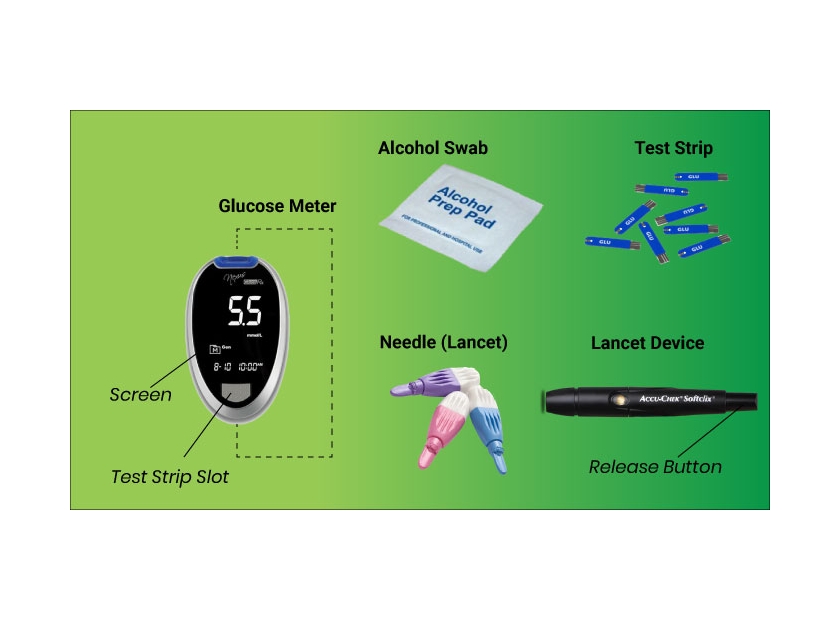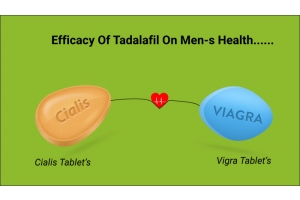How To Use Glucometer
How To Use Glucometer
Monitoring blood sugar levels is a pain for the diabetic both figuratively and speech ally. So many times a day, they holl a finger to obtain a blood of droplet and apply it to a plastic strip that blood is inserted in a glucometer a hand-held device of glucometer that shows them if their glucose level is high, low, or right on target.
It’s usually the job of activity of the pancreas to keep track of sugar levels and to secrete glucagon chemical and insulin chemical to keep them at 100 or so milligrams per deciliter of blood. But for diabetics either because their pancreas doesn’t work properly or because their body can’t generate the hormones it secretes glucose testing is a do-it-yourself proposition. And a decisive one. Blood-sugar checks show if it’s time to inject into skin, a few units of insulin or grab a lifesaving snack.
Periodic tests of blood sugar via glucometer play an important part of body in the diabetic’s treatment plan, but now current models in market fall short in giving a true picture of sugar fluctuations in real time. “The confusion of diabetes stem from the blood sugar going outside the safe range.” Catching those times and intervening appropriately can, in theory, lessen the negative effects of the disease, which can include heart disease, blindness, limb amputation, and kidney failure like disease.
Medical and his team, with funding from MIT’s Deshpande Center for Technological Innovation and medical, are creating the next generation of glucose testing via sugar meter. Their system consists of using an ink made of glucose-responsive carbon nanotubes. The ink would be injected under the skin in a design a few centimeters square to count blood sugar easily, creating a sugar-sensitive tattoo. “When near-infrared light is glisten on the ink, it would change color in response to the as per blood glucose level of body,” he says a welcome change for the millions patients of diabetics weary of frequent finger pricks. “The user would have continuous real-time blood glucose information and wouldn’t have to query at all.”
Clean your hands and sampling area. Use a hot water and soap to wash your hands to clean. Clean the finger and hand you’re going to prick with an alcohol swab, or with rubbing alcohol on a cotton ball. Alcohol evaporates rapidly so there's no want to dry the area; that will just recontaminate it. Let the alcohol air dry.
Most of the glucometers train you to prick your finger for a sample, but some of the newer blood glucose meters let you use an area on your arm of body. Determine which of these areas is permissible for your meter. In general, Prick is the most accurate of a finger. Alternative sites are okay to use when blood glucose is stable, but not when potentially changing rapidly in blood level in body, such as after eating or exercising, or when hypoglycemic or ill.
Assemble the device. Admit a test strip into the glucometer, certify you admit the proper end inward. Insert a lancet into the lancing machine you use to prick your finger.
Glucometers may different in when you insert the test strip. Usually it is admitted in order to turn the machine on, but sometimes you have to put the blood spot on the strip and then insert strip it into the machine. Make sure you have to know which way your glucometer works differant before you prick your finger.
Wait for the glucometer to prompt you for a sample. A watch and readout on the glucometer will tell you to put the drop of blood on the strip of glucometer. The readout may actually say "place sample of blood spot on strip," or it may give you a symbol of blood, such as an icon that looks like a droplet of liquid.
Test your blood sample. Your finger prinking with the lancing device. This usually causes no, or very minimal, discomfort feal. You may need to compress or massage the finger you pricked on either side to compress out a drop of blood. Let the blood form a small amount bead on your finger. Hold the bead of blood to touch the tip of the strip at the right place where a place to tell you, which should be indicated on the strip.
Some people find out it more comfortable to prick the side of the finger close to the fingernail, rather than the pad of the finger there are less nerve endings on the side, making it part of a less sensitive area.
If you find it hard or painful to prick of blood your finger, it may help to rinse your hand in water of warm for a minute or two and then allow your hand to dangle at your side for another minute. This gets blood flowing to your fingers. Do this before you wash your hands and finger with soapy water and use alcohol or alcohol swab to clean the finger you’re going to prick.
The newer strips of meters offer a "wicking" action that will draw the blood up into the test strip. Older meters and it's strips require you to actually drop blood onto the strip.
Wait for your results. The glucometer will start to count down of blood sugar in seconds until your results are ready to read. Newer glucometers only take about 5 to 10 seconds, whereas older versions of glucometer may take10 to 30 seconds. The meter will sound a tone a ring, or beep, when it has a reading for you.
Read the results. The results will show up on the digital glucometer screen. Results of sugar level will vary depending on what time of day it is, how recently you eat, and what you eat. There is no single and good result of report for every person. You should discuss your diabetes with your physician provider and set goals for your blood sugar.








